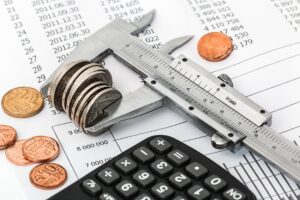Understanding Provisional Taxpayers in South Africa

Demystifying Provisional Tax: Understanding Who Qualifies as a Provisional Taxpayer
Introduction
Navigating the realm of taxes can be perplexing, especially when it comes to understanding who qualifies as a provisional taxpayer. In this article, we unravel the intricacies of provisional taxation in South Africa. Whether you’re an individual or an entity, clarity on provisional taxpayer qualifications is crucial for compliance and effective tax management. Let’s delve into the details to demystify the concept of provisional taxpayers.
I. Defining a Provisional Taxpayer
A provisional taxpayer, as per South African tax laws, is any individual or entity that receives income, apart from regular remuneration. This income could stem from various sources, and it’s essential to determine if you fall under this category for tax purposes.
A. Individuals and Provisional Tax
-
Salary Earners: Most salary earners aren’t provisional taxpayers if their sole source of income is their salary and they have no other income streams.
-
Exempt Income: Receiving exempt income, such as interest below specific thresholds or funds from a tax-free savings account, doesn’t classify an individual as a provisional taxpayer.
B. Entities and Provisional Tax
-
Natural Persons: Natural persons receiving income beyond regular salary or allowances, excluding certain exemptions, are provisional taxpayers.
-
Companies: All companies fall under the provisional taxpayer category.
-
Commissioner’s Designation: Individuals or entities notified by the Commissioner also qualify as provisional taxpayers.
II. Exclusions from Provisional Taxpayer Status
Certain entities and individuals are excluded from the provisional taxpayer category, including:
-
Approved Public Benefit Organisations or Recreational Clubs: Those approved by the Commissioner under specific sections.
-
Exempt Entities: Body corporates, share block companies, or certain associations of persons exempt from tax.
-
Non-Resident Owners or Charterers: Individuals involved with ships or aircraft as non-residents.
-
Minimal Income Individuals: Individuals with negligible income, falling below the tax threshold or earning limited income from specified sources.
-
Special Cases: Small business funding entities, deceased estates, and approved associations listed under section 30B(2).
Conclusion
Understanding who qualifies as a provisional taxpayer is pivotal for effective tax planning and compliance. Provisional tax obligations vary for individuals and entities, and correctly identifying your tax status ensures you fulfill your tax responsibilities accurately. Stay informed, seek professional advice when needed, and navigate the tax landscape with confidence.

